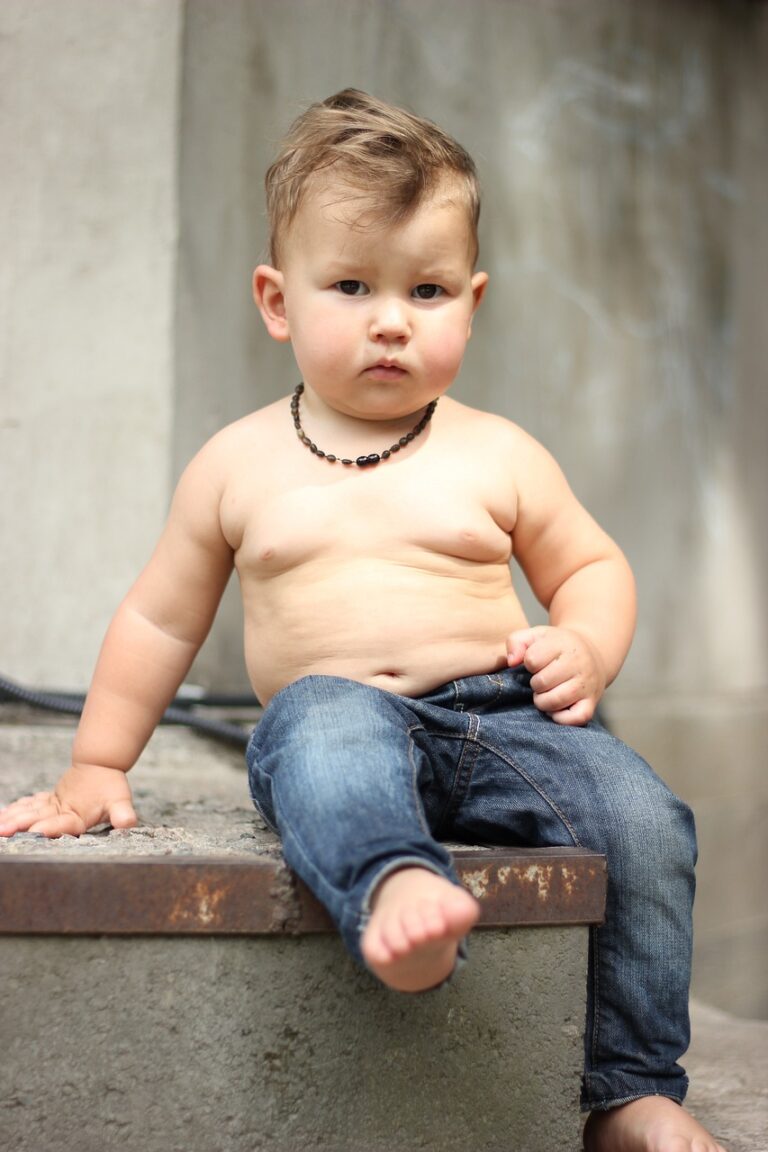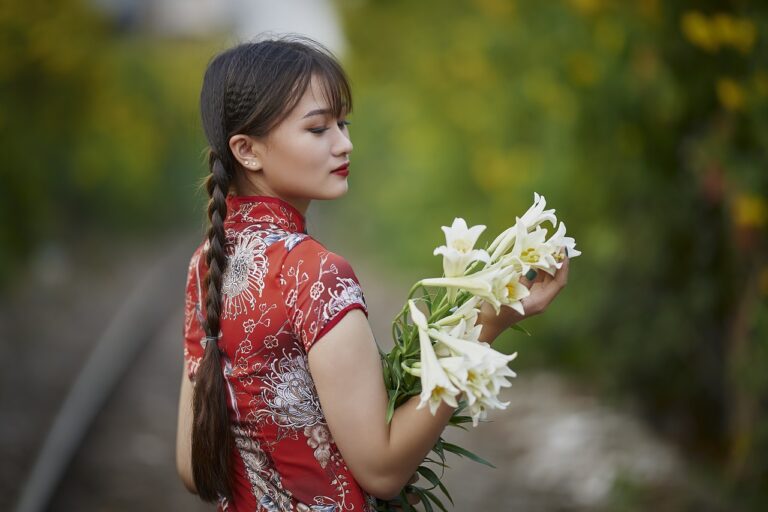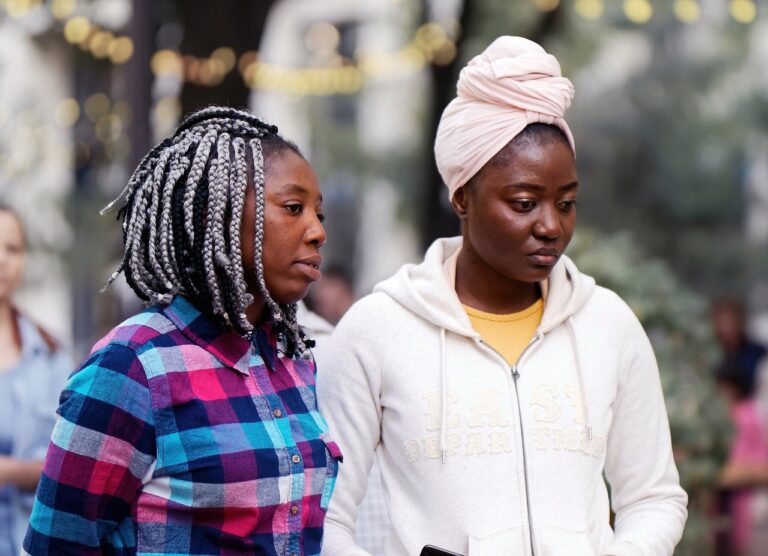Fashion and Cultural Identity: Traditional Clothing in Modern Contexts
Traditional clothing carries immense historical significance, being a reflection of the cultural heritage and values of a community. Through intricate designs, patterns, and materials, traditional clothing tells the story of a society’s traditions, beliefs, and customs. These garments serve as a visual representation of the unique identity and history of a particular group of people, highlighting the evolution of fashion over time.
Moreover, traditional clothing plays a significant role in preserving cultural practices and celebrating heritage. The styles and techniques used in creating traditional garments have been passed down through generations, with each piece holding a special meaning or symbolizing a particular event or occasion. By wearing traditional clothing, individuals not only honor their ancestors but also showcase their pride in their cultural roots, fostering a sense of unity and belonging within the community.
Evolution of Traditional Clothing in Modern Society
Traditional clothing patterns have morphed significantly in modern society, reflecting a fusion of age-old designs with contemporary aesthetics. The evolution is palpable in the incorporation of innovative fabrics, cuts, and embellishments into traditional attire, catering to the preferences of the current generation while preserving the essence of cultural heritage. This amalgamation of old and new has led to a resurgence of interest in traditional clothing, with many individuals opting to adorn themselves in these revamped garments for special occasions or even everyday wear.
Moreover, the fashion industry’s embrace of traditional clothing has propelled these styles into mainstream culture, with designers worldwide drawing inspiration from various cultural elements to create unique and trendsetting pieces. This integration has not only revitalized traditional garments but has also served as a catalyst for cultural exchange and appreciation on a global scale. As a result, traditional clothing has transcended its original boundaries and now occupies a prominent place in the fashion landscape, symbolizing a harmonious blend of heritage and modernity.
Impact of Globalization on Traditional Clothing
Globalization has undeniably influenced the way traditional clothing is perceived and consumed around the world. With the spread of Western fashion trends and the rise of fast fashion, many traditional garments are at risk of being overshadowed or diluted by more modern styles. This cultural homogenization can lead to the loss of unique sartorial identities that have been passed down through generations.
On the flip side, globalization has also brought about greater awareness and appreciation for traditional clothing from diverse cultures. As people become more interconnected through travel and digital platforms, there is an increasing demand for authentic and ethically-produced traditional garments. This has led to a resurgence of interest in traditional clothing, not just as a fashion statement, but as a means of preserving cultural heritage and supporting local artisans.





